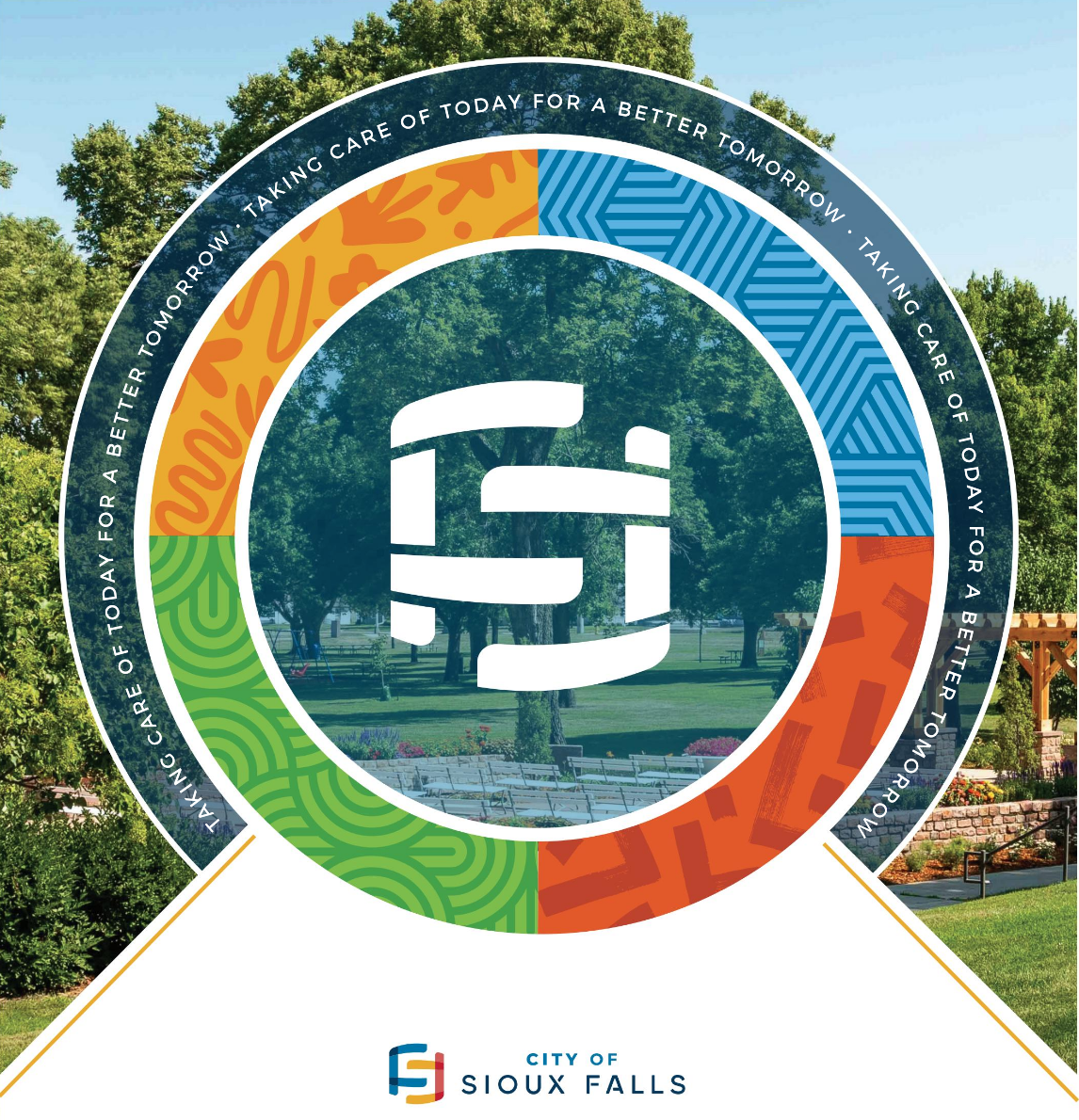Simplified: Mayor Paul TenHaken late last week released a plan to spend more than $1.1 billion on city capital improvement projects over the next five years. It's the highest capital budget in city history, and the price tag is more than double the plan presented to City Council a decade prior.
Why it matters
- It's not uncommon for the city's long-term spending plan to get bigger and more expensive every year. Sioux Falls is growing, and – with the exception of the plan presented in 2020 amid the coronavirus pandemic – the capital plan has increased every year going back more than a decade.
- This is the first time in city history the plan has surpassed $1 billion, though it got close last year with a $930 million plan. Compare that to then-Mayor Mike Huether's $492 million plan back in 2014.
- The proposed spending is backed up by a projected $1.1 billion in funding sources including sales tax, user fees, state and federal funds, and private donations.
- The largest chunk of the plan – about $458 million – will fund infrastructure and road improvements. Another $89 million is slated for culture and recreation, including replacing three Sioux Falls pools.
“Growth brings additional demand for public investment," TenHaken said in a statement. "This program balances current and future needs, remains committed to investing in critical infrastructure, while also funding projects that make our city a great place to live, work, visit, and play.”
What's in the plan?
A lot, obviously.
Major road projects include:
- $20 million to reconstruct neighborhood streets around the city,
- Nearly $100 million for the construction of arterial streets (including many that will intersect with the new South Veterans Parkway),
- Nearly $80 million for major street reconstruction including parts of Minnesota Avenue, 41st Street and Cliff Avenue,
- $1.2 million to reconstruct the Cliff Ave and I-229 interchange,
- Funding for improvements to the I-229 interchanges at Benson Road and Minnesota Avenue
The plan also continues funding for the in-process water reclamation plant expansion.
The proposal also includes nearly $7 million to replace three pools: the McKennan Park wading pool, Kuehn Park Pool and Frank Olson Park Pool.
What's in the plan besides infrastructure and pools?
There's a good chunk of change dedicated to public safety, including new facilities for both police and fire departments.
- On the police side, the plan allocates $5.25 million for two new report-to-work stations – one on the east side and one on the west side.
- For Sioux Falls Fire Rescue, the plan sets aside $1 million for land acquisition to plan future fire stations. It also budgets $3.8 million for the planned new Fire Station 13 and another $4.25 million to rebuild Fire Station 6.
The city is also dedicating more than $3 million for strategic land acquisition – that means they're looking to buy land long before it's needed for future city facilities.
Other parks projects listed in the plan include Jacobson Plaza, the next phase of the downtown river greenway, neighborhood park improvements and bike trail expansion.
TenHaken also notes in his letter to council that vehicle costs have increased 20% since the start of the pandemic.
- That's part of what's behind a proposed $36 million in spending on the city fleet over the next five years.
Cool, that sounds like a lot of important stuff. Did you find anything weird or miscellaneous that'd be fun to share?
You bet I did.
Here's a handful of random finds from the budget that I thought were interesting:
- $30,000 on holiday lights,
- Four K-9 dogs at $18,000 each,
- $24,000 for a new ice machine at the Convention Center,
- More than $500,000 to upgrade the CityLink studio,
- $100,000 for garbage cans at the event center,
- $150,000 for a zamboni,
- and $80,000 on two portable snowmakers for the parks department.
What happens next?
TenHaken will present the plan to the City Council in a special meeting on July 20. Then, it'll be up to councilors to decide what stays or goes in the plan before a final vote later this summer.


